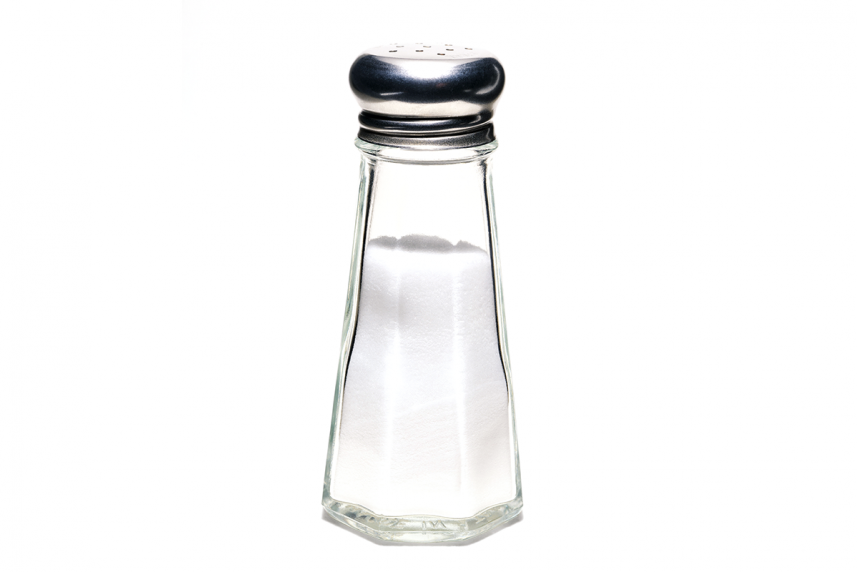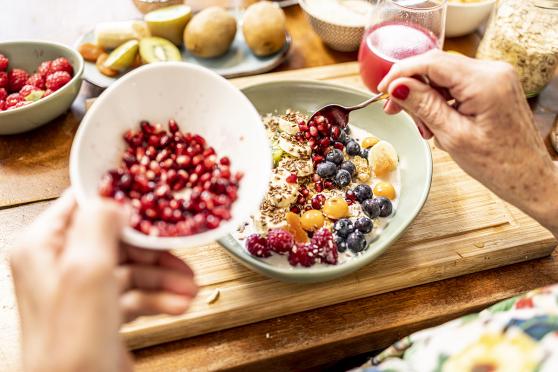Seven tips for cutting back on sodium
Try these easy, budget-friendly tips for eating less sodium. Your taste for it may lessen over time — and you may not even miss it.

- Choose “whole” foods
For the most part, unprocessed food like vegetables, fruits, legumes, and whole grains are lower in sodium. - Read labels
Check the nutrition information on food packaging for sodium quantities. Choose options with lower amounts. Many foods that don’t taste salty can still have surprising amounts of sodium. - Cook more often
Prepare more of your meals at home. Many restaurant dishes are very high in sodium. (Bonus: You’ll save money, too.) - Ask for less
At restaurants, ask if your meal can be prepared with less salt. Ask for sauce and salad dressings to come on the side. Then use less of them. - Boost other flavors
An easy and flavorful way to cut back on added salt without forfeiting flavor is by adding spices, herbs, citrus, and vinegars. - Wash some away
Rinsing canned and jarred foods like beans and olives can go a long way toward lowering their sodium content. - Trim serving sizes
Yes, you can still have deli meats, soy sauce, and Parmesan cheese. Just remember that it’s best to enjoy such foods in smaller amounts. Or explore your supermarket for no- or low-sodium versions of these generally high-sodium products.
WHAT TO LOOK FOR
Go for products with less than 200 mg of sodium per serving. And pay attention to serving sizes — even fresh meat and poultry are sometimes packaged with salt water or saline.


